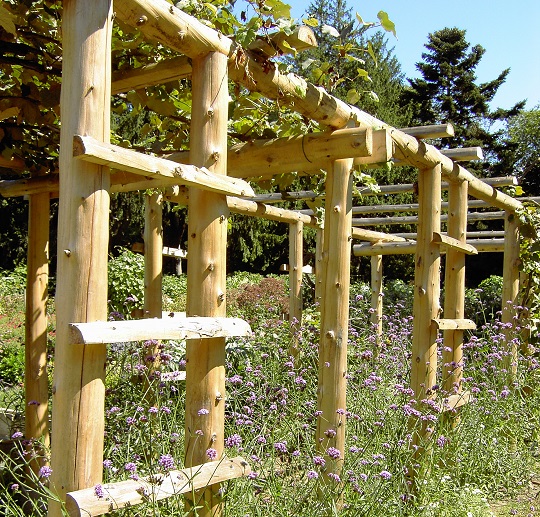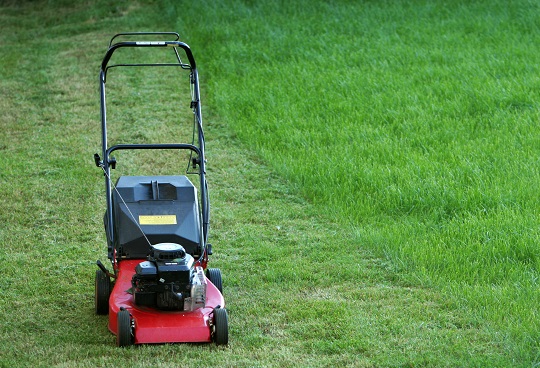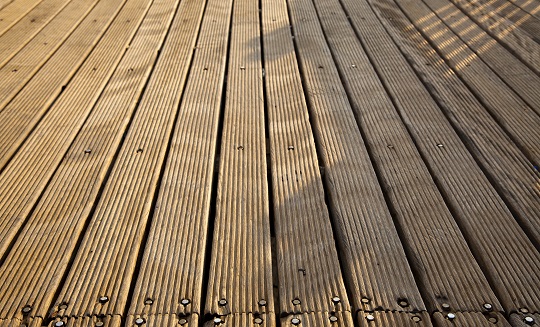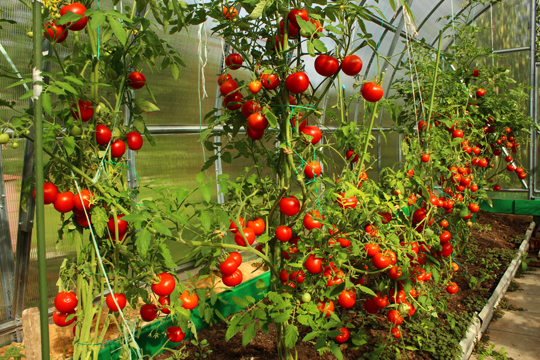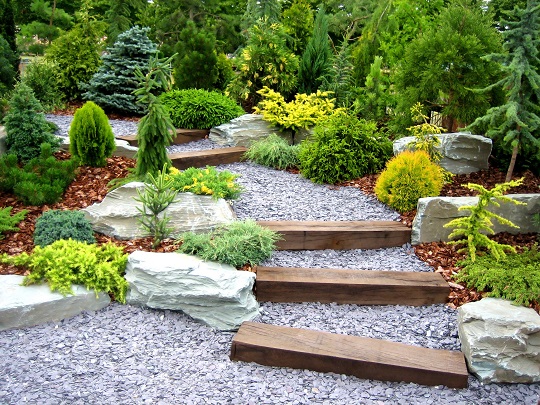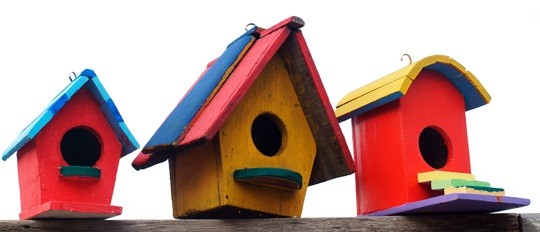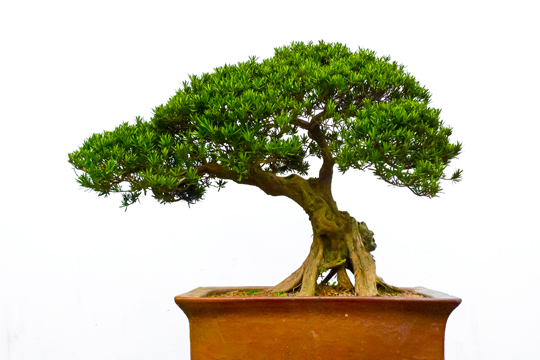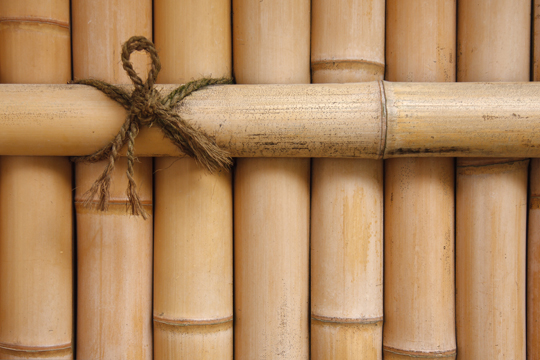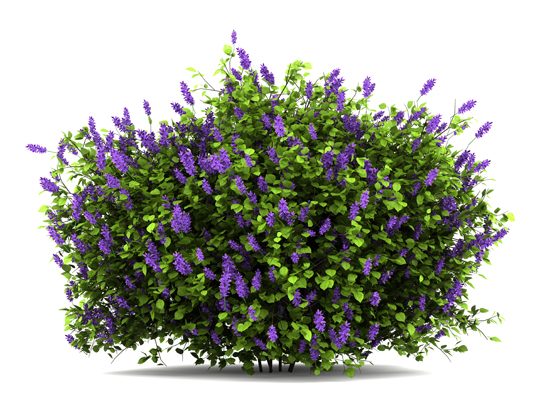If you plan to turn your backyard into a spacious garden, you should know more than a thing or two about some of the most common vine growing vegetables that could be easily cultivated on your property. Keep reading to discover how to grow your own sweet potato vines, Malabar spinach, soybeans, Brussels sprouts, capers, and various other types of tasty, nutritious vegetables that grow on a vine.
Common Vine Growing Plants Suitable for Most Environments
If this is your first project of this kind, don’t focus your attention on exotic plants demanding extensive care. Instead, choose to cultivate some of the most common vine growing vegetables: sweet potatoes, soybeans, Malabar spinach, and a virtually endless list of other candidates. Some of these are considered vegetables by cooks, judging by their culinary purpose, but catalogued as fruits by botanists, like tomatoes, zucchinis, peas, beans, pumpkins, and so on.
These plants grow very long and can easily climb on top of a wide range of structures, including fences, tall walls, and special cages. Apart from offering you tasty, healthy, organic veggies on an annual basis, plants that grow on a vine can also beautify your property and give it a great personal touch.
Choosing the Best Vine Growing Plants for Your Garden
When it comes to choosing the very best vine growing vegetables for your outdoor space, start by evaluating your needs. What kind of vegetables do you usually put on your dinner table? Afterward, discuss your options with a landscaper and try to find out whether or not your favorite candidates are actually inspired picks. Ask questions related to soil and climate requirements for each type of plant.
Moreover, if you want to narrow down your search, dig a little deeper and try to find out useful information on flowering season, frost tolerance, watering and feeding specifications, size, color, uses, and common problems. For instance, you should know that sweet potato vines are great assets for any home, as they could easily cover a cracked, old, ugly wall and boost the curb appeal of your property.
Furthermore, if you adore simple salads, choose to cultivate Malabar spinach. You’d be surprised to discover that it actually tastes like a combination of pepper and citrus. In addition, remember that soybeans are often affected by zinc deficiency; this is why they should be treated with premium, kelp-based fertilizer.
All in all, if you benefit from accurate information, the best plant food and a set of basic gardening tools, you should be able to cultivate your very own vine growing vegetables in no time.
Ask an Expert
Identifying the best vine growing vegetables for your garden can be stressful and time-consuming, especially since you’d have to read and filter a large amount of information before making a final decision. Simplify the process by contacting a respectable landscaper operating in your area. Find the best one with TalkLocal, a free service that connects you with high-quality professionals in your area.

